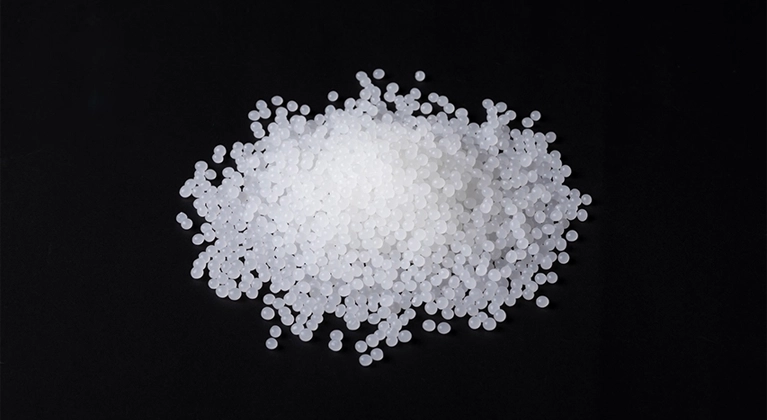Supplier of Polylactic acid (PLA) from Turkey and Dubai-UAE

Polylactic Acid Overview
Polylactic acid (PLA) is a biodegradable thermoplastic derived from renewable resources such as cornstarch, sugarcane, or cassava root. Unlike conventional petroleum-based plastics, PLA offers an eco-friendly alternative due to its renewable origin and biodegradability. Its compatibility with conventional plastic processing methods makes PLA widely used across industries aiming for sustainable solutions.
Properties of Polylactic Acid
PLA’s unique properties make it a versatile material:
-
Biodegradability: Under industrial composting conditions, PLA breaks down into water and carbon dioxide, reducing environmental impact.
-
Renewable Origin: Made from plant-based materials, it reduces reliance on fossil fuels.
-
Mechanical Performance: PLA offers satisfactory strength, stiffness, and toughness, suitable for packaging, 3D printing, and consumer goods.
-
Transparency and Design: Available in both transparent and opaque forms, ideal for aesthetic and functional applications.
-
Food Safety: PLA is generally recognized as safe for food contact, making it popular in packaging.
-
Processability: Compatible with standard extrusion, injection molding, and 3D printing techniques.
History of Polylactic Acid
PLA was first polymerized from lactic acid in the late 19th century. Commercial production and widespread applications emerged only in the mid-20th century, supported by advances in polymer science and biotechnology. Recent decades have seen the PLA gain traction in packaging, medical devices, and other industries seeking sustainable alternatives to conventional plastics.
Applications and Uses of Polylactic Acid
1. Sustainable Packaging
PLA is increasingly used in environmentally friendly packaging, including bottles, containers, cups, and bags. Its transparency, flexibility, and biodegradability make it a strong alternative to conventional plastics. Companies adopt PLA to meet sustainability goals and growing consumer demand for eco-conscious packaging.
2. Medical Devices
PLA’s biocompatibility makes it ideal for medical applications such as:
-
Sutures and implants
-
Drug delivery systems
-
Tissue engineering scaffolds
It safely degrades into non-toxic by-products, supporting patient safety and environmental responsibility.
3. 3D Printing
PLA is one of the most widely used filaments in additive manufacturing. Its ease of printing, precision, and environmental benefits make it popular for prototyping, consumer products, and industrial manufacturing.
4. Textiles
PLA fibers are gaining popularity as a sustainable alternative to synthetic fabrics. They are soft, moisture-wicking, and biodegradable, suitable for:
-
Apparel
-
Upholstery
-
Industrial textiles
This makes PLA a compelling choice for eco-conscious fashion and textile manufacturers.
5. Automotive Applications
PLA contributes to lightweight vehicle components, improving fuel efficiency and sustainability. Applications include interior trims, headliners, and structural parts, reducing reliance on non-renewable materials.
6. Agriculture
PLA-based agricultural products include:
-
Biodegradable mulching films for soil moisture retention and weed control
-
Compostable plant pots
These uses reduce environmental impact while supporting sustainable farming practices.
Packing and Storage of PLA
PLA requires proper storage to maintain its quality:
-
Store in a cool, dry place away from sunlight and moisture.
-
Use airtight, sealed containers to prevent oxidation and contamination.
-
Avoid high temperatures to prevent deformation or melting.
Safety Considerations
-
Composting: Industrial composting is necessary for proper PLA degradation. Home composting may not be sufficient.
-
Recycling: PLA recycling infrastructure is still limited but growing; check local recycling programs.
-
Heat Sensitivity: PLA has a lower heat resistance than some plastics; avoid high-temperature exposure.
-
Chemical Compatibility: PLA may not be compatible with all chemicals; follow product-specific guidelines.
For users interested in plastics like PLA, you may explore Polyethylene as another versatile thermoplastic widely used in packaging, films, and industrial applications.

